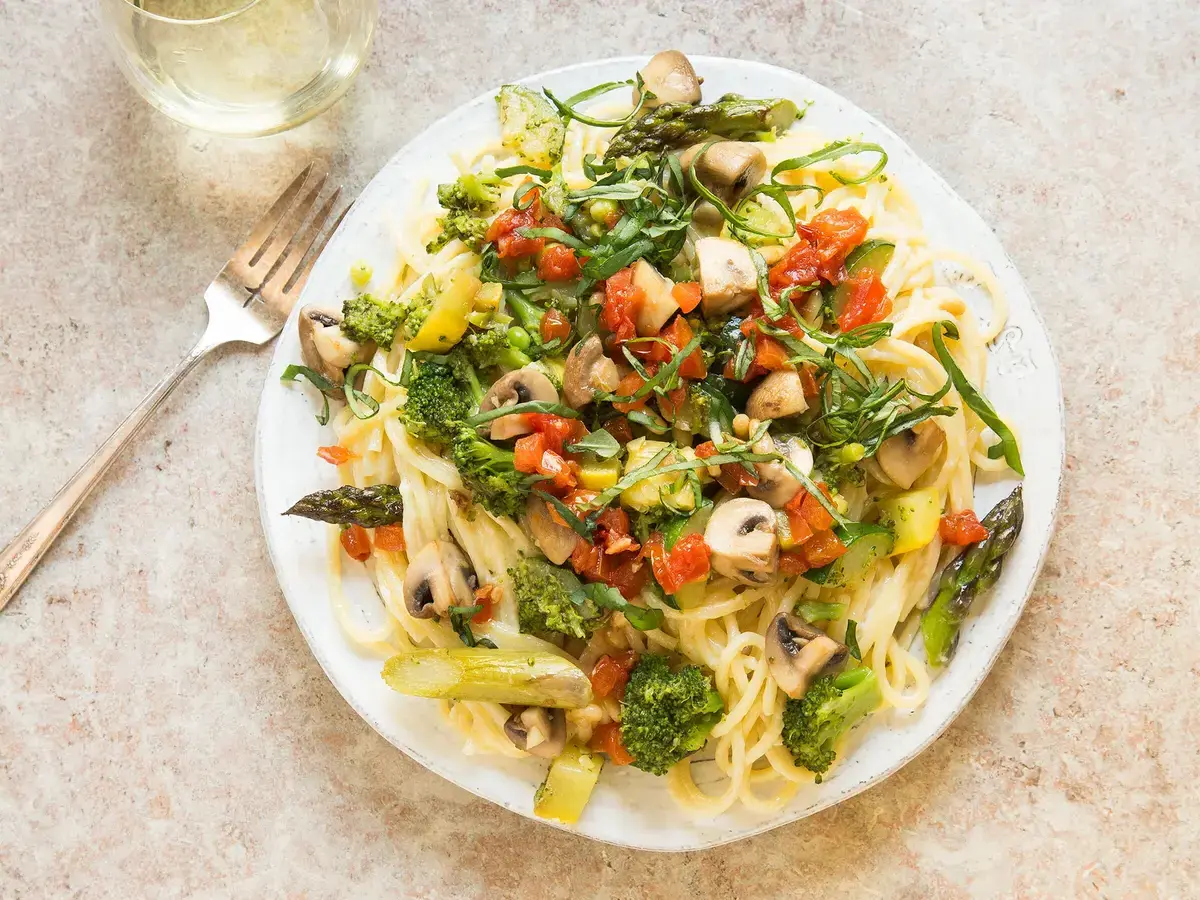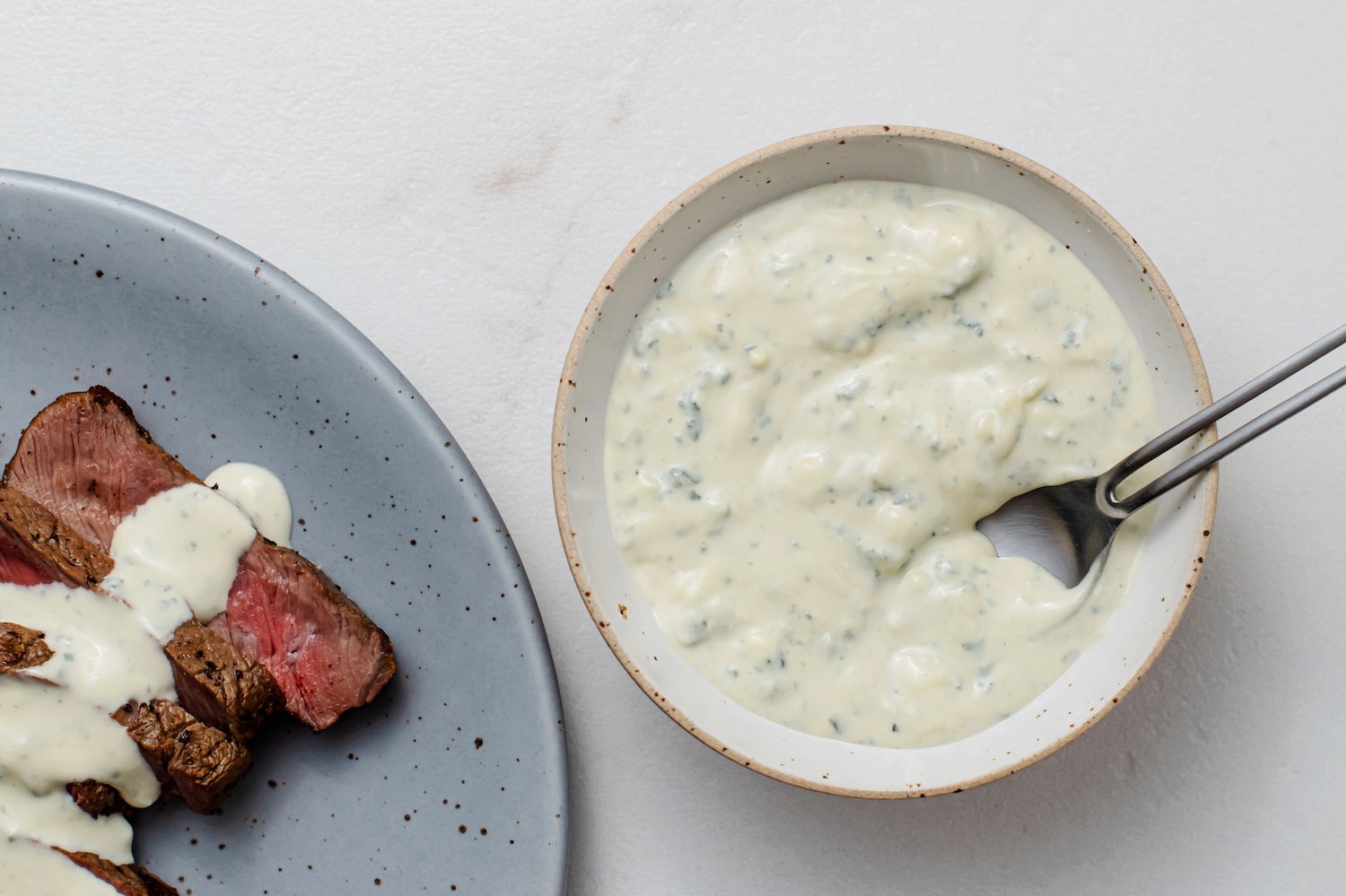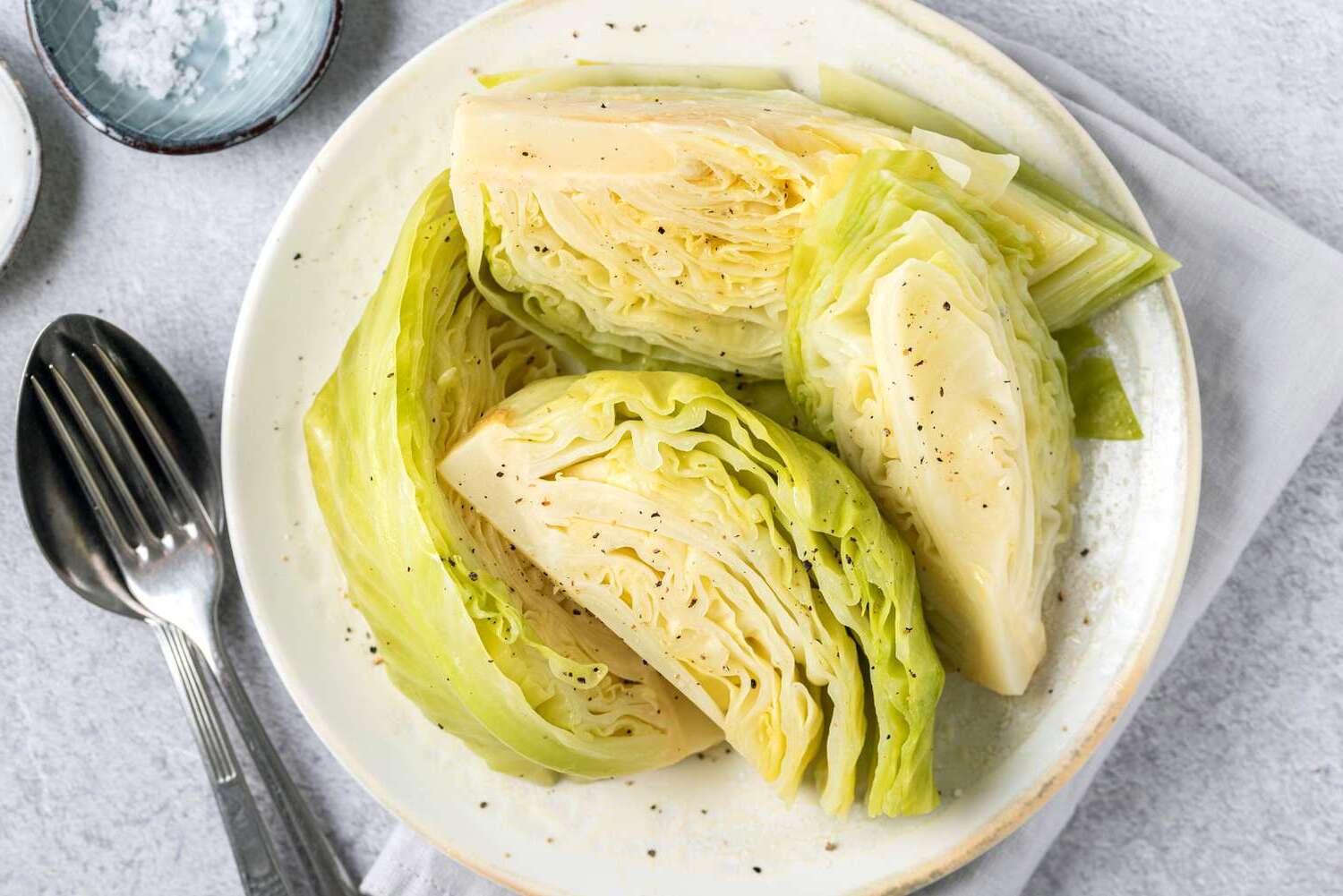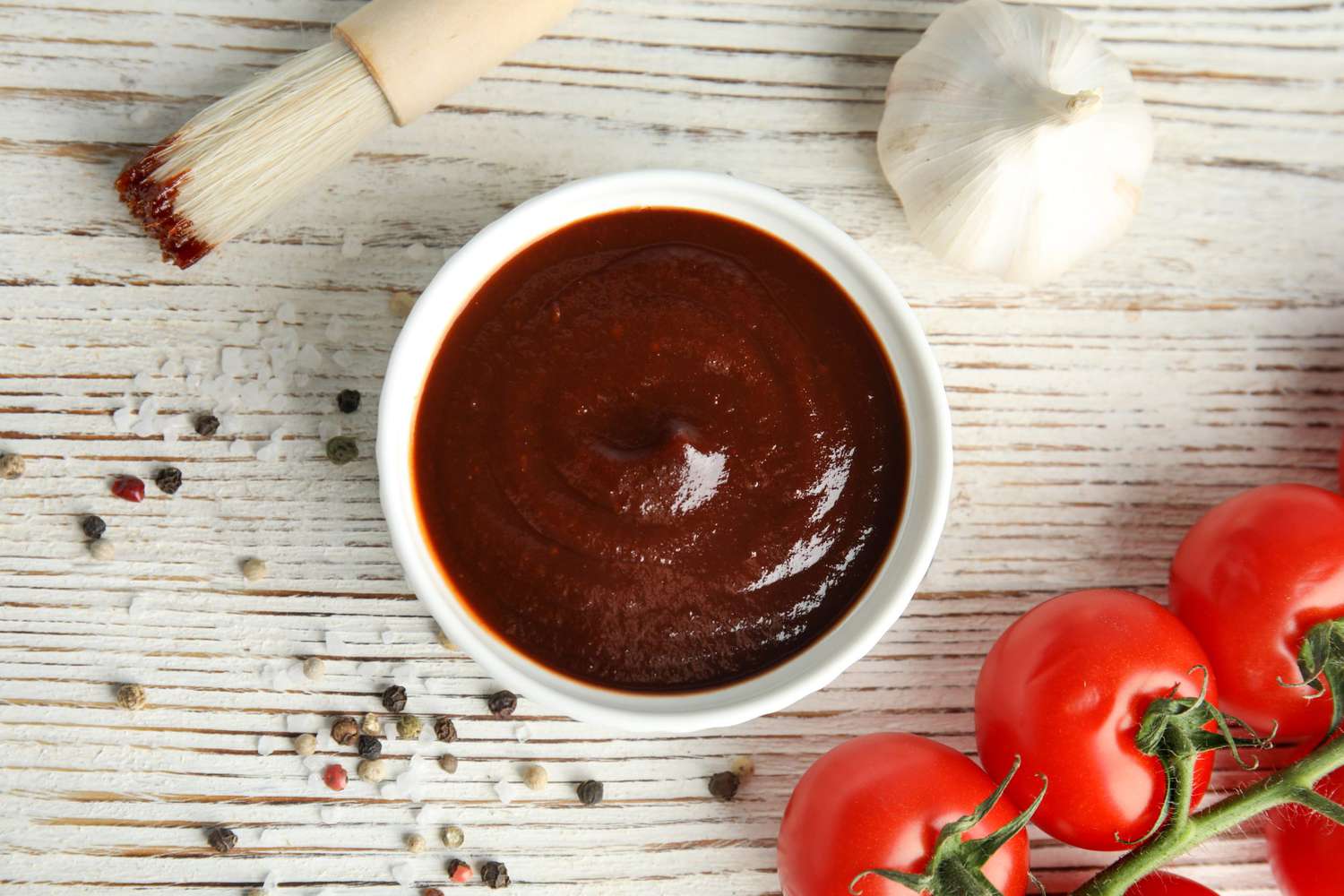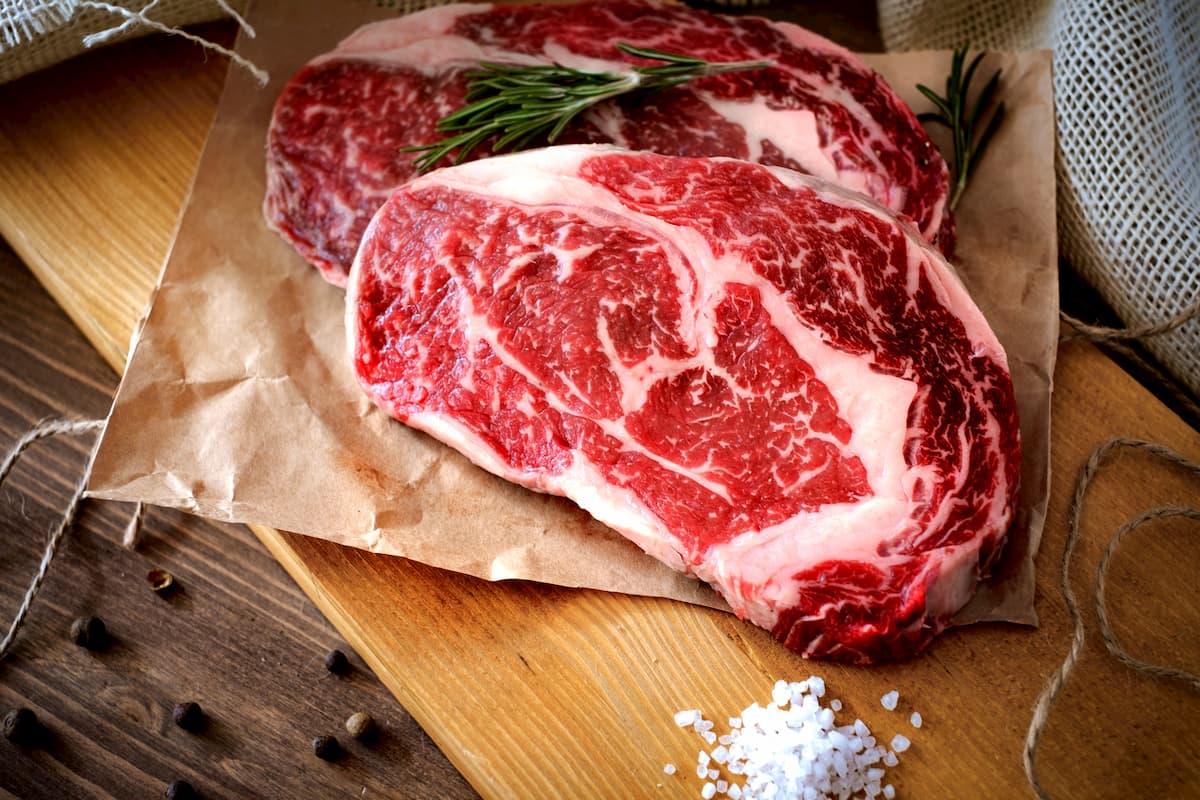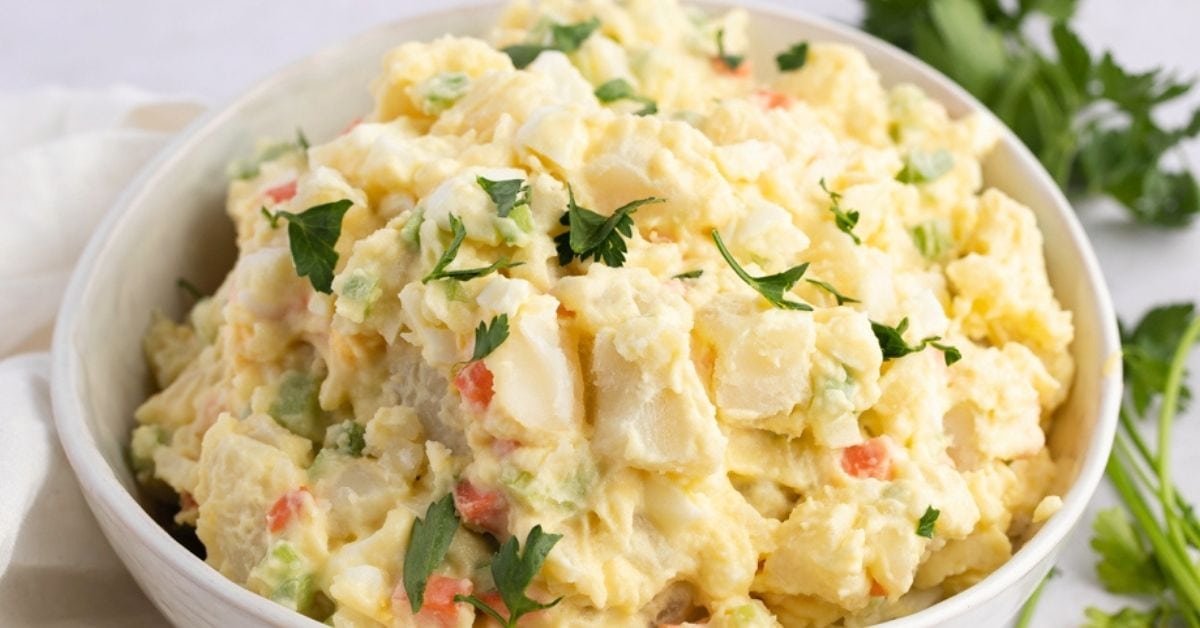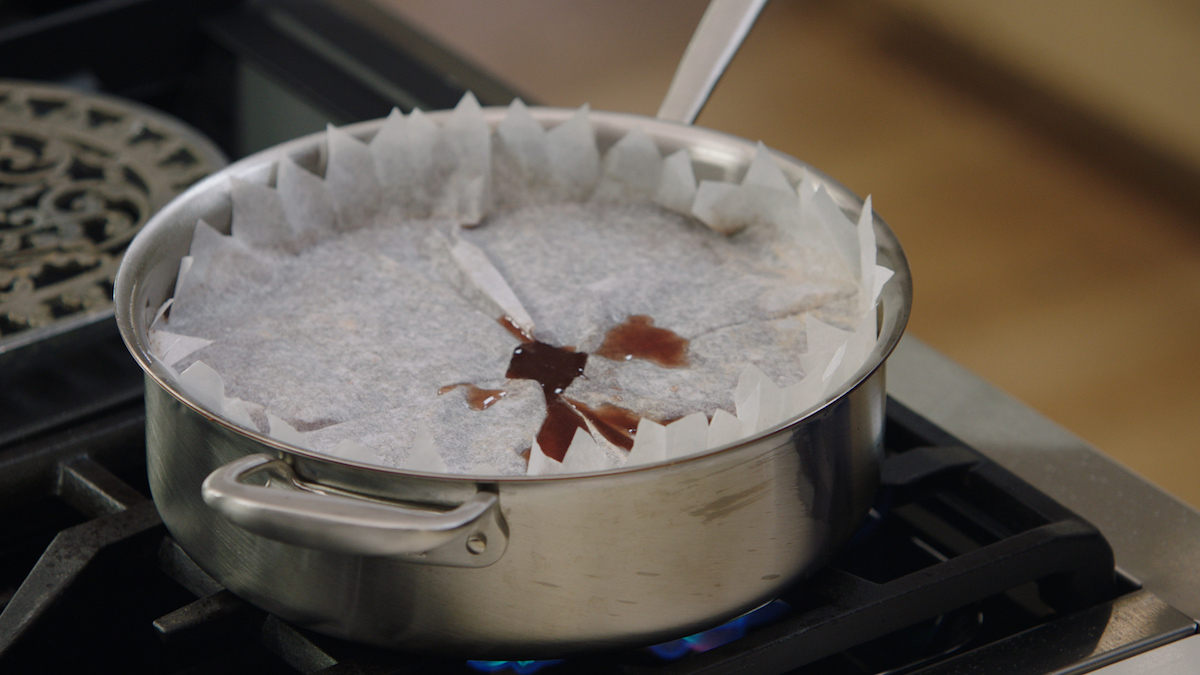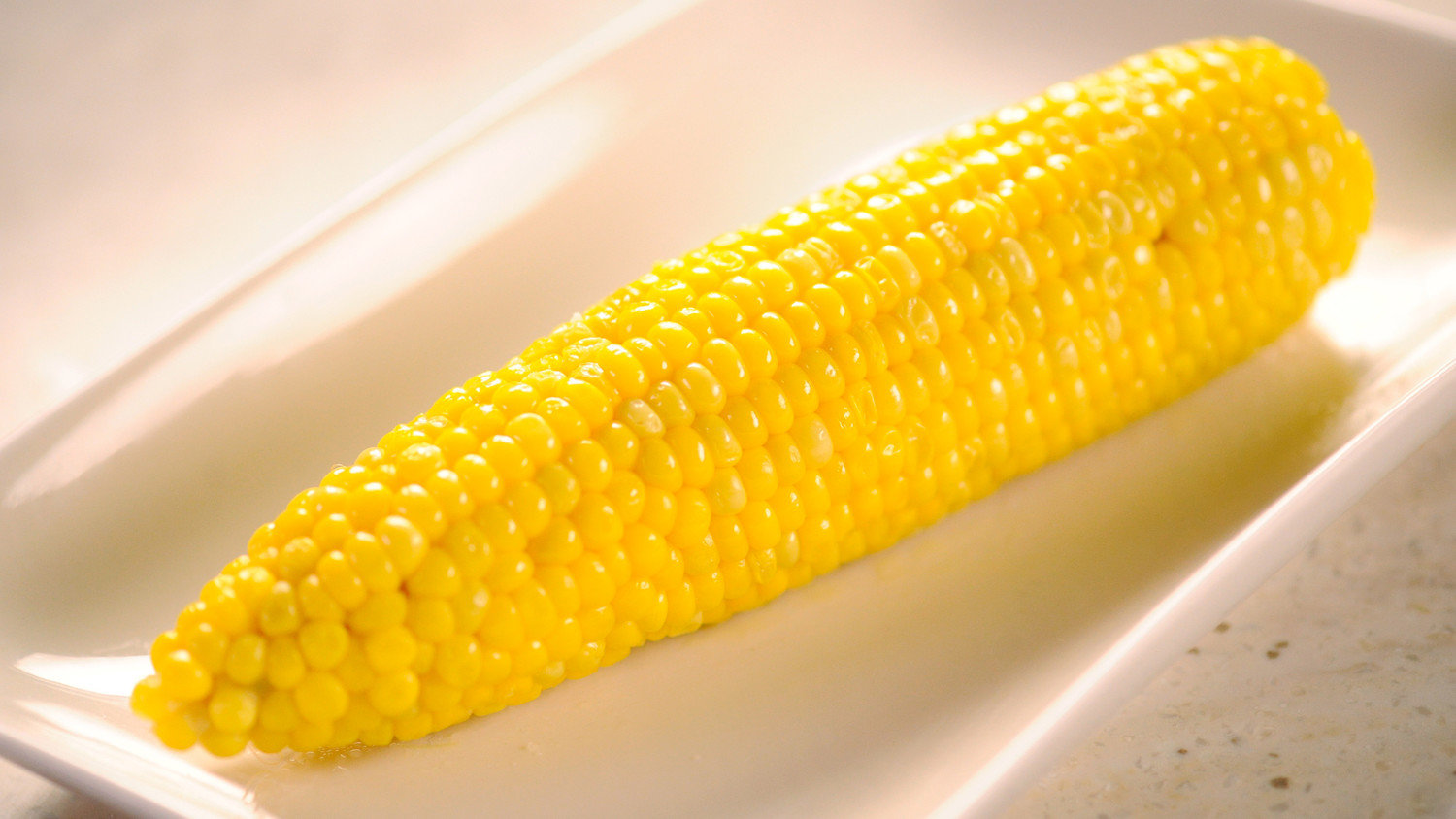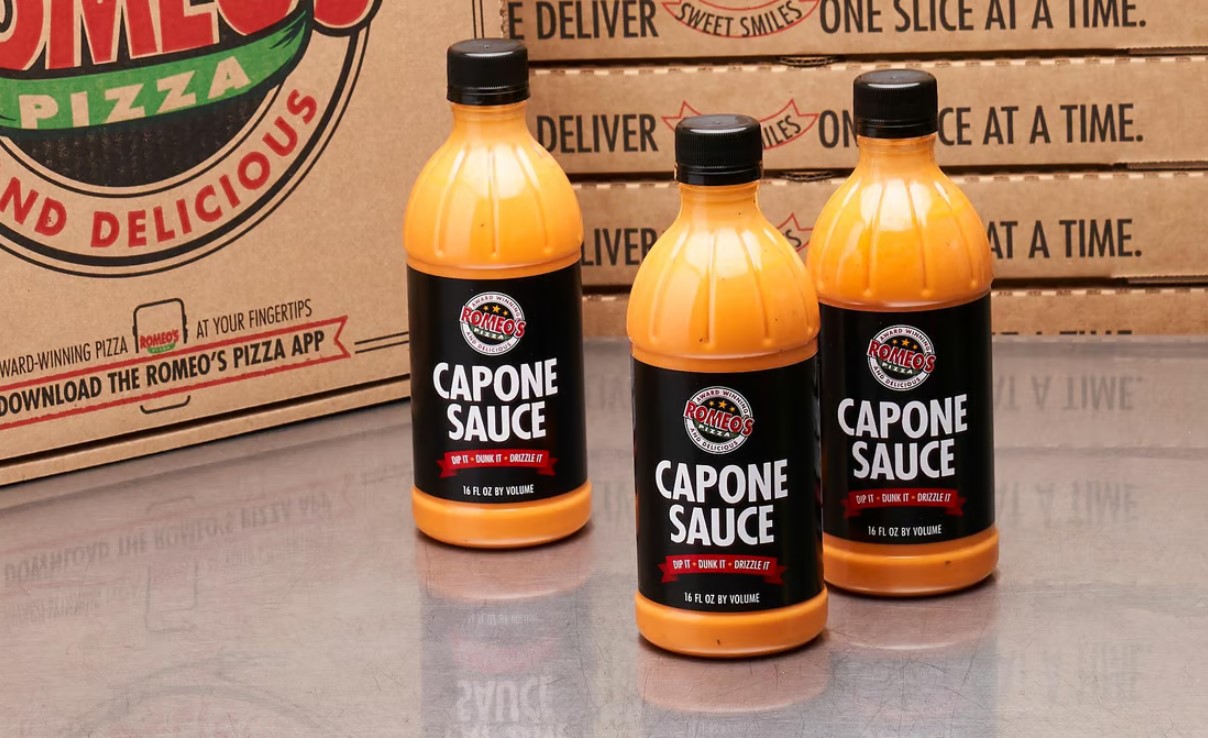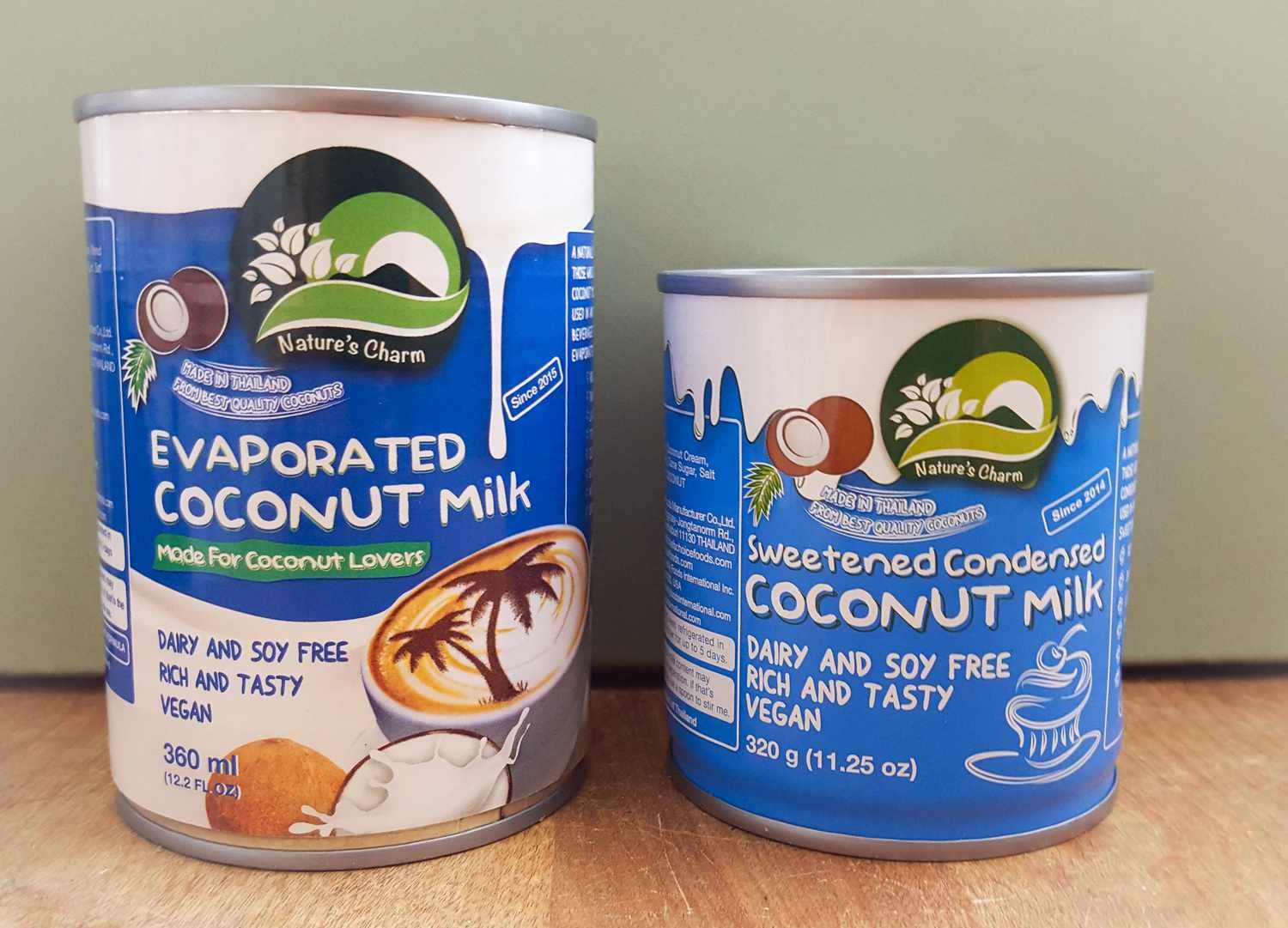Blue raspberry is a popular flavor that is often found in candies, beverages, and other sweet treats. Despite its name, blue raspberry is not a natural fruit flavor, but rather a synthetic creation that has become widely recognized and enjoyed by many. In this article, we will explore the origins of blue raspberry, its unique taste, and its presence in the food industry.
The Origins of Blue Raspberry
Blue raspberry flavoring was first introduced in the 1950s as a way to add variety to the existing lineup of fruit flavors. The decision to use the color blue was primarily a marketing strategy to differentiate it from other fruit flavors. While there is no natural blue raspberry fruit, the flavor was created to evoke a sweet and slightly tangy taste that is distinct from traditional raspberry flavor.
The Unique Taste of Blue Raspberry
Blue raspberry is known for its vibrant blue color and its sweet, slightly tart taste. The flavor is often described as a combination of raspberry and a hint of citrus, giving it a refreshing and unique profile. Its bold and eye-catching color makes it a popular choice for candies, slushies, and other confections.
Blue Raspberry in the Food Industry
Blue raspberry flavoring has become a staple in the food and beverage industry. It is commonly used in a wide range of products, including:
- Candies: Blue raspberry is a popular choice for hard candies, gummies, and lollipops. Its bright color and sweet taste make it appealing to consumers of all ages.
- Beverages: Many companies offer blue raspberry-flavored drinks, such as sodas, slushies, and energy drinks. The vibrant color and refreshing taste make it a favorite for those seeking a fun and flavorful beverage option.
- Desserts: Blue raspberry is often used to flavor ice creams, sorbets, and frozen treats. Its unique taste adds a playful twist to traditional dessert offerings.
The Appeal of Blue Raspberry
The appeal of blue raspberry extends beyond its taste. Its vibrant color and association with fun and excitement make it a popular choice for consumers. The bold blue hue of blue raspberry products stands out on store shelves and adds a visually appealing element to the overall consumer experience.
Conclusion
While blue raspberry may not be a natural fruit flavor, its synthetic creation has carved out a significant presence in the food industry. Its unique taste, vibrant color, and widespread use in a variety of products have made it a beloved flavor for many. Whether enjoyed in candies, beverages, or desserts, blue raspberry continues to captivate consumers with its playful and refreshing appeal.
Was this page helpful?
Read Next: What Is Almond Chocolate?
